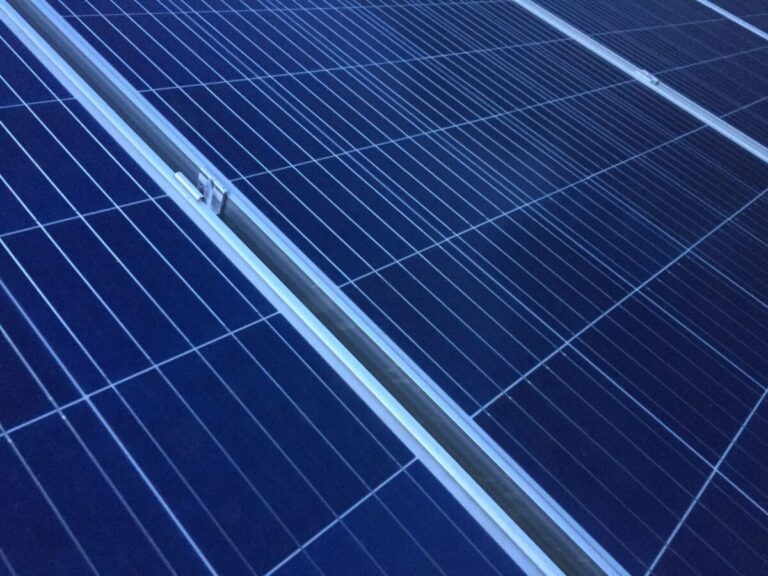A group of researchers has carried out a techno-economic analysis of three renewal strategies for an operating photovoltaic power plant in southeastern Spain. They found that the highest production value of the installed power is obtained when both the modules and the inverters are replaced.
A group of scientists from the Spanish University of Castilla-La Mancha have carried out a techno-economic analysis of three renewal strategies in an operational photovoltaic power plant in southeastern Spain. The research, Renewal of solar PV power plants: technical and economic analysis of different alternatives for a Spanish caseis available in the Magazine for cleaner production.
The nominal power of the solar installation from the study is 100 kW, equal to the power of the inverter. The peak power installed in the solar panels is 111 kWp and the array produces 170 MWh annually.
The researchers studied various innovation scenarios. In the first case, the solar panels are replaced by newer, more efficient ones. When renewing scenario 1-1, the maximum installed power in the panels is maintained, while in the second, renewal scenario 1-2, the maximum installed power in the panels increases to a value at which the overload losses are less than 3%.
In renewal scenario 2, the inverters are replaced, but the modules are not, so that the low voltage (LV) side remains at 400 V. This reduces the number of possible inverter models that can be installed, the researchers say.
In renewal scenario 3, both the solar panels and the inverters were replaced. In this case, the Ingeteam Ingecon Sun 100TL inverter of 100 kW and the LONGi LR5-54 HTH 440 M solar photovoltaic modules of 440 Wp each are used. As in the other scenarios, a total of 280 modules are considered and the overload losses do not exceed 3%. The configuration of the photovoltaic field is 20 panels in series and 14 strings, as in the case of scenario 2-2.
The researchers found that if the 1-1 renewal strategy is implemented and the old modules are replaced with new ones while maintaining the same installed solar power capacity, the annual energy production of the plant increases to 197 MWh. This value increases to 218 MWh in scenario 1-2.
In renewal scenario 2, where only the old 100 kW inverter is replaced by a more modern one, the annual energy production of the installation is 174 MWh.
The highest annual energy production value, namely 223 MWh, is obtained in renewal scenario 3. In this case, the peak power installed in panels also increases to 123 kWp, as shown in scenario 1-2.
Initial results suggest that the latter strategy is technically the most appropriate. To confirm this, the researchers analyzed the production value in terms of efficiency, that is, in which scenarios the highest production values are achieved per watt of panels installed. The highest production value per installed capacity is also achieved in renewal scenario 3, namely 1,715 kWh/kWp.
Meanwhile, the economic analysis confirmed that there was a greater preference for renewing scenario 3 in terms of project profitability, with a return of 12.09% – much higher than the weighted average cost of capital – and a payback period of less than ten years . This scenario also produces the best results in terms of LCoE, with a value equal to €43.47/MWh.
Scenario 2 and scenario 1-1 were considered the most unfavorable, with low returns on investments between 2.20% and 4.53%, payback periods of more than 10 years and LCoE values of €72.32/MWh for scenario 1 -1 and €175.67 /MWh for scenario 2.
pv magazine published a series of technical articles on innovation, with technical insights from Kiwa-PI Berlin, analyzing its challenges and risks:
- When does innovation pay off? – Part I
- How does innovation pay off? Technical, financial and legal implications – Part II
- How much does innovation yield? Between 5 and 15% – Part III
This content is copyrighted and may not be reused. If you would like to collaborate with us and reuse some of our content, please contact: editors@pv-magazine.com.


